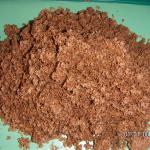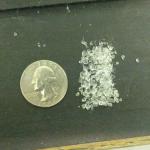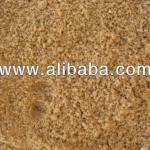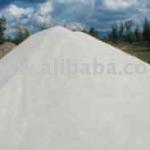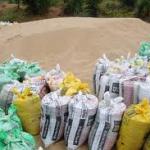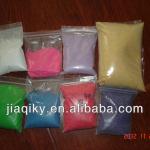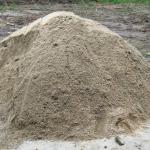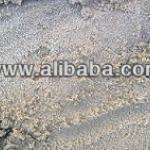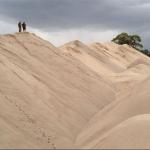OLIVINE SAND
| Type: Sand |

General Description
Crushed/ Screened Volcanic Rock Sand. Olivine, a finer sand may be used due to increased permeability, and thermal expansion is much lower than silica.
Appearance
Grey/Green Granular Material
Typical Chemical Analysis
MgO 49% Max.
SiO2 41% Max.
Fe2O3 12 % Max.
Al2O3 0.5 2.0% Max.
Cr2O3 0.25% Max.
CaO 0.2% Max.
L.O.I. 1.5
Size
0-1 mm, 1-4 mm
Application
Blast cleaning, foundry sand, refractories, welding electrodes, iron ore processing, abrasives, aggregates, roofing tiles, lasers, tundishes, ladle linings, electric arc furnaces, open hearth stoves, soaking pit bottoms, hot tops, forsterite bricks.
Vital Features
Melting Point (oC) 1,800
Specific Gravity (g/cm3) 3.2-3.4
Bulk Density, Loose (g/cm3) 1.45 1.75
Fusion Point (0C) 2800-3200
Thermal Expansion (in./in.) 0.0083
Loss On Ignition < 1.5%
Thermal Conductivity @ 1000oC (cal/s-cm oC) 0.0025
Mohs Hardness @ 20oC 7.0 (Scale 7-8000)
PH Slightly Basic
Free Silica Content (%) < 0.1
As a foundry aggregate, olivine is noted for its high fusion point, low uniform thermal expansion and its remarkable ability to resist fracture from thermal shock. Olivine has been famous for years in producing excellent non-ferrous castings. Today more foundry men are realizing that olivine works equally well in iron, manganese and stainless steel.
Grades
Foundry Grade



